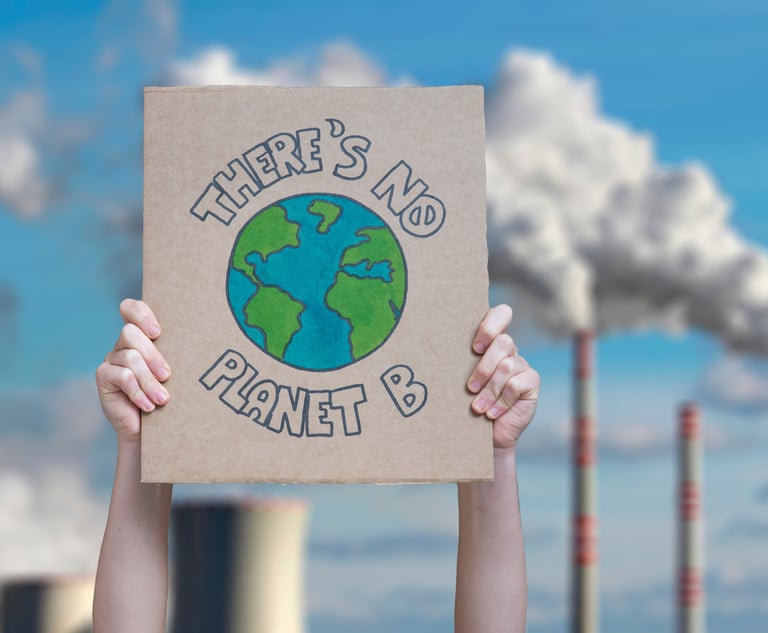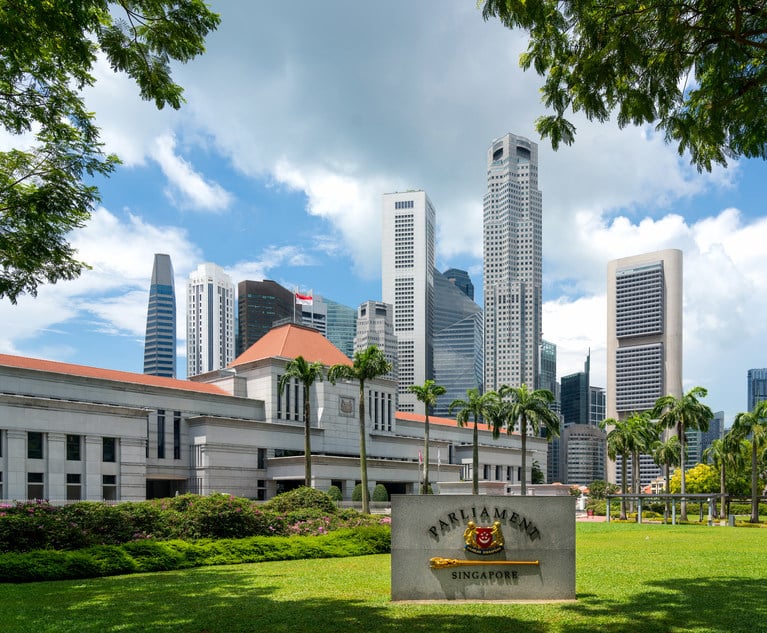 As banks go, the European Bank for Reconstruction and Development (EBRD) is a pretty unusual animal – not least because its ultimate goal is its own demise. Founded in 1991 in the aftermath of the fall of communism in the Soviet Union and Central and Eastern Europe, it was created to nurture the region’s economies towards the creation of effective market economies, both through direct investment into projects and companies and by working with governments to create an environment in which private enterprise can flourish.
As banks go, the European Bank for Reconstruction and Development (EBRD) is a pretty unusual animal – not least because its ultimate goal is its own demise. Founded in 1991 in the aftermath of the fall of communism in the Soviet Union and Central and Eastern Europe, it was created to nurture the region’s economies towards the creation of effective market economies, both through direct investment into projects and companies and by working with governments to create an environment in which private enterprise can flourish.
Uniquely, the EBRD holds the hybrid status of both public institution and private enterprise. Its main shareholders are governments – 58 in all – the European Union (EU) and the European Investment Bank, yet it is constituted as a company and, in most years, turns a profit.








